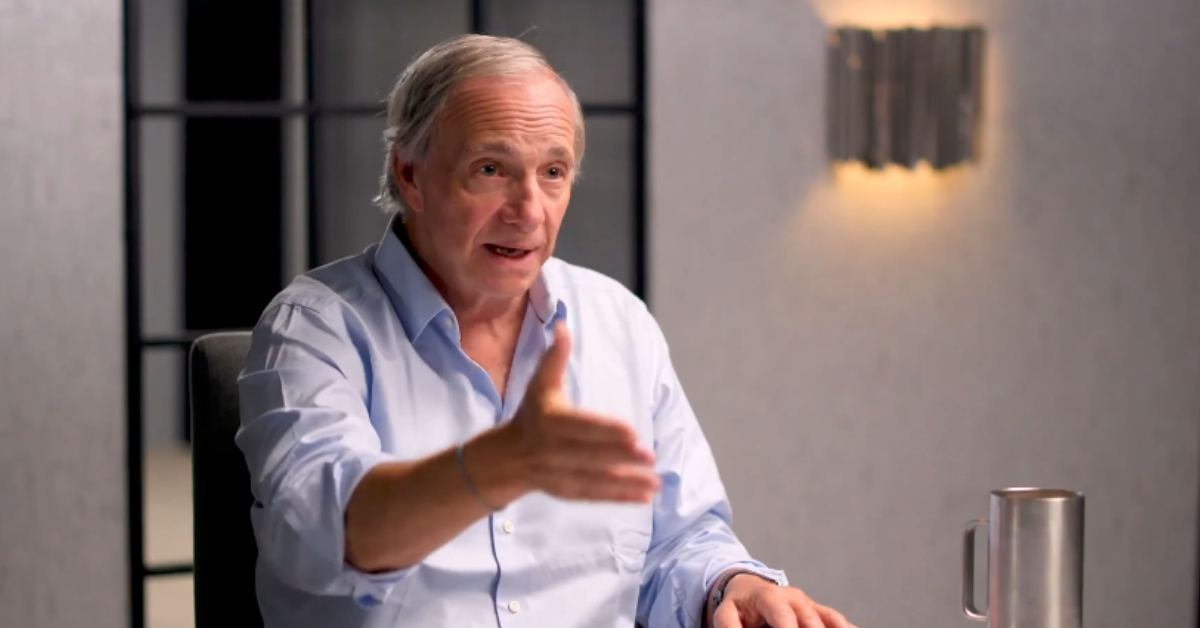Twitter ad incentives not enough to win back some advertisers
Brands that pulled spending from the platform in wake of Elon Musk takeover are expected to remain on the sidelines, according to ad buyers.

Twitter is trying to woo back brands that have paused their advertising spend on the platform after Elon Musk took over as CEO in late October with what it is calling its biggest ad incentive ever. But brands aren’t biting as these incentives are not enough to dispel brand safety concerns, said execs at four of the largest global media agencies.
More likely, it is expected these incentives will only entice more of the brands that haven’t yet pulled spend to invest more, these executives said.
“Right now those that decided to pull are just going to stay on the sidelines until things calm down,” one media buyer said. “Those on might take advantage, but I don’t see anyone coming back on.”
Twitter told U.S. advertisers on Thursday it would match their December campaign investments of $500,000 or up to $1 million in incremental reach; so, if an advertiser spends $1 million on the platform in December, it will get $2 million worth of impressions, and if an advertiser spends $500,000, it will get $1 million in impressions, according to two buyers briefed on the offer. Those buyers said if advertisers spend $350,000, they will be matched 50%, and if they spend $250,000, they will be matched 25%. There were also separate offers for the U.K., Japan and the “rest of world,” the buyers said.
A second buyer, and one of the two briefed on the offering, said these offerings are not for campaign dollars already invested for December and they can’t be used with Amplify, Twitter’s solution for getting brands in front of premium content.
Agency execs said they’ve sent the offering to all of their clients, but they don’t expect it will get brands that have paused spend on Twitter to return. Agencies also are not changing their recommendations for investing in Twitter based on this offering.
Holding companies including Omnicom and IPG previously recommended brands pause their ad spend on the platform, citing brand safety concerns.
Many brand advertisers are demanding third-party audience data and to get rid of the platform’s $8 verification Blue subscription service, among other tools to improve brand safety, and they’ve suspended advertising on Twitter until they see meaningful changes. Recent layoffs and resignations within its insights and analytics teams didn’t help the matter, leaving advertisers questioning who’s even still around to handle audience measurement and brand safety issues.
“What comes next for Twitter remains very unclear, there is still a lot of negative press coverage, including who is and isn’t advertising, concerns about brand safety, and questions about the system’s stability operating with reduced staff, and more,” a third media agency exec said. “Even if everything is running as usual, the last month really eroded trust between advertisers, buyers and Twitter. While this may be an opportunity for some, it does not address the reasons behind advertiser’s apprehension.”
Some ad buyers predicted that even more brands would leave Twitter if the platform doesn’t shape up its brand safety policies, especially since it has never been as large of an investment for brands as platforms such as Meta or Google’s YouTube.
“There were the clients who have stayed on Twitter because they had an active campaign or committed to a future 4Q campaign and either didn’t want to make waves by pulling, or had the Twitter campaign tied to other media placements,” the first buyer said. “But moving forward, a lot of those are probably just going to say that it’s not worth the headache and they just won’t build twitter into their plans moving forward.”

 JaneWalter
JaneWalter 
































